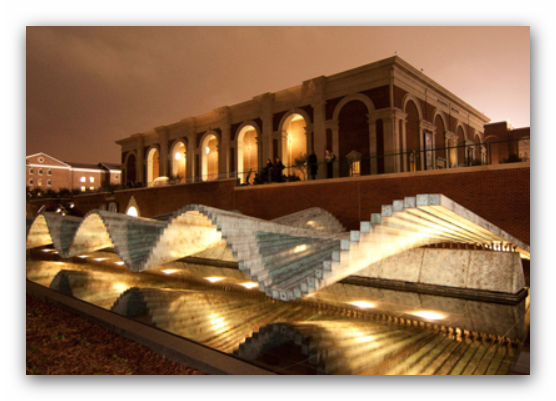- Aug 21 2016
Dallas, TX
Process and Innovation: Carlotta Corpron and Janet Turner focuses on two pioneering women artists who worked in Texas during the last century. Highly experimental, Carlotta Corpron (1901-1988) and Janet Turner (1914-1988) became masters of unorthodox methods in their corresponding media of photography and printmaking. As educators, both Corpron and Turner effected change in the concept of art education at their respective institutions, thus challenging their students to push beyond their own established boundaries.
In 1935 Corpron moved to Denton to teach advertising design and art history at Texas State College for Women (now Texas Woman’s University). Subsequently requested to teach a course on photography, Corpron enrolled at the Art Center of Los Angeles in the summer of 1936 to polish her technique. Her dissatisfaction with routine subject matter led to Corpron’s realization that photographs did not have to be images of anything in particular; instead, light itself, and its dialogue with forms it encounters, could be the object of her photographic investigation. Guided by Corpron’s deliberate manipulations, seashells, eggs, scraps of paper and otherwise mundane props became transformative studies of patterns of light and dark. Described in 1983 by Michael Ennis in Texas Monthly as “the finest avant-garde photographer Texas has ever seen,” Corpron has been a lasting and immeasurable influence on students since her experimentation with light began forty years earlier.
Working throughout her career primarily as a printmaker, Janet Turner likewise took her cue from the natural world. Just as Corpron subjugated nature to the primacy of light in varying degrees of abstraction, Turner displayed an absolute deference for nature – its power, its vulnerability, its often fragile relationship with humankind – manifested in her intricate prints distinctive for their rhythmic and technical complexity. After relocating in 1947 to Nacogdoches, Texas, to begin her newly appointed role of assistant professor of art at Stephen F. Austin State College (now Stephen F. Austin State University), Turner began to focus her attention on printmaking. A Guggenheim Fellowship she received in 1952 is generally considered to be the turning point in Turner’s career; it provided her the opportunity to carefully study her subjects in their natural habitats, and it also initiated her foray into combining printmaking techniques, which would become a lifelong hallmark of the artist. Fundamental in elevating the art of printmaking for future practitioners, Turner left a rich forty-year legacy of her own printed work and made printmaking’s creative potential seem almost limitless.
Pushing boundaries in separate modes, both Corpron and Turner cast a wide net of influence over students and artistic contemporaries. Curated by Nicole Atzbach, Process and Innovation: Carlotta Corpron and Janet Turner explores the work of both artists from their early experiments in their respective media from midcentury. This exhibition draws entirely from holdings within the Dallas area including Bywaters Special Collections of SMU, which holds an impressive collection of art by both Turner and Corpron. Other loans come from private lenders, including Jack and Beverly Wilgus, who have generously promised their vast photographic collection to SMU’s DeGolyer Library. Images by Beverly Wilgus, a former student of Corpron, will also be on view.
Credit: Exhibition overview from museum website.
Exhibition Venues & Dates
- Aug 21 2016
Dallas, TX
